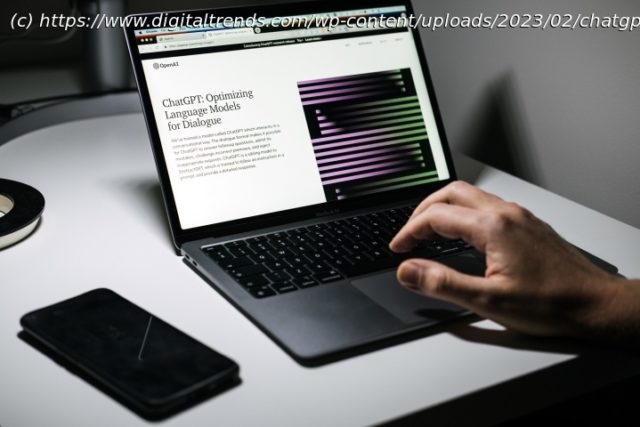ChatGPT-4 has officially arrived and now includes the ability to interact with images and longer text.
People were in awe when ChatGPT came out, impressed by its natural language abilities as an AI chatbot. But when the highly-anticipated GPT-4 large language model came out, it blew the lid off what we thought was possible with AI, some calling it the early glimpses of AGI (artificial general intelligence).
The creator of the model, OpenAI, calls it the company’s “most advanced system, producing safer and more useful responses.” Here’s everything you need to know about it, including how to use it and what it can do.Availability
GPT-4 was officially announced on March 13, as was confirmed ahead of time by Microsoft, even though the exact day was unknown. As of now, however, it’s only available in the ChatGPT Plus paid subscription. The current free version of ChatGPT will still be based on GPT-3.5, which is less accurate and capable by comparison.
GPT-4 has also been made available as an API “for developers to build applications and services.” Some of the companies that have already integrated GPT-4 include Duolingo, Be My Eyes, Stripe, and Khan Academy. The first public demonstration of GPT-4 was also livestreamed on YouTube, showing off some of its new capabilities.What’s new in GPT-4?
GPT-4 is a new language model created by OpenAI that can generate text that is similar to human speech. It advances the technology used by ChatGPT, which is currently based on GPT-3.5. GPT is the acronym for Generative Pre-trained Transformer, a deep learning technology that uses artificial neural networks to write like a human.
According to OpenAI, this next-generation language model is more advanced than ChatGPT in three key areas: creativity, visual input, and longer context. In terms of creativity, OpenAI says GPT-4 is much better at both creating and collaborating with users on creative projects. Examples of these include music, screenplays, technical writing, and even “learning a user’s writing style.”
The longer context plays into this as well. GPT-4 can now process up to 25,000 words of text from the user. You can even just send GPT-4 a web link and ask it to interact with the text from that page. OpenAI says this can be helpful for the creation of long-form content, as well as “extended conversations.”
GPT-4 can also now receive images as a basis for interaction. In the example provided on the GPT-4 website, the chatbot is given an image of a few baking ingredients and is asked what can be made with them. It is not currently known if video can also be used in this same way.
Lastly, OpenAI also says GPT-4 is significantly safer to use than the previous generation. It can reportedly produce 40% more factual responses in OpenAI’s own internal testing, while also being 82% less likely to “respond to requests for disallowed content.”
OpenAI says it’s been trained with human feedback to make these strides, claiming to have worked with “over 50 experts for early feedback in domains including AI safety and security.






